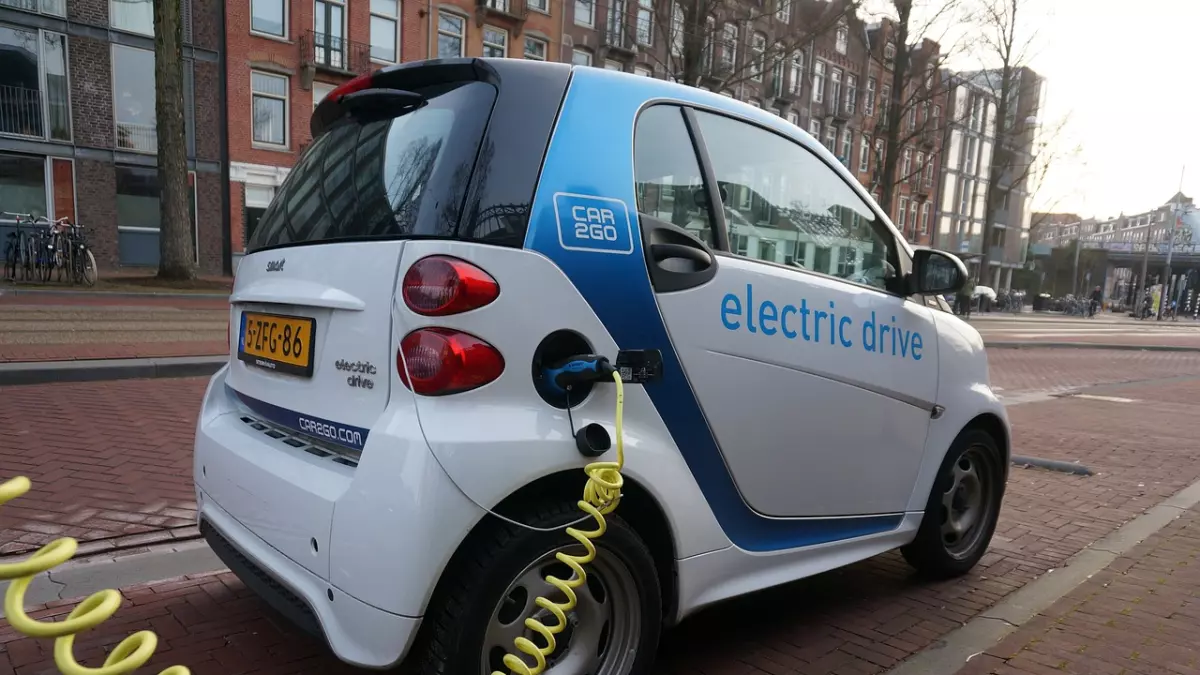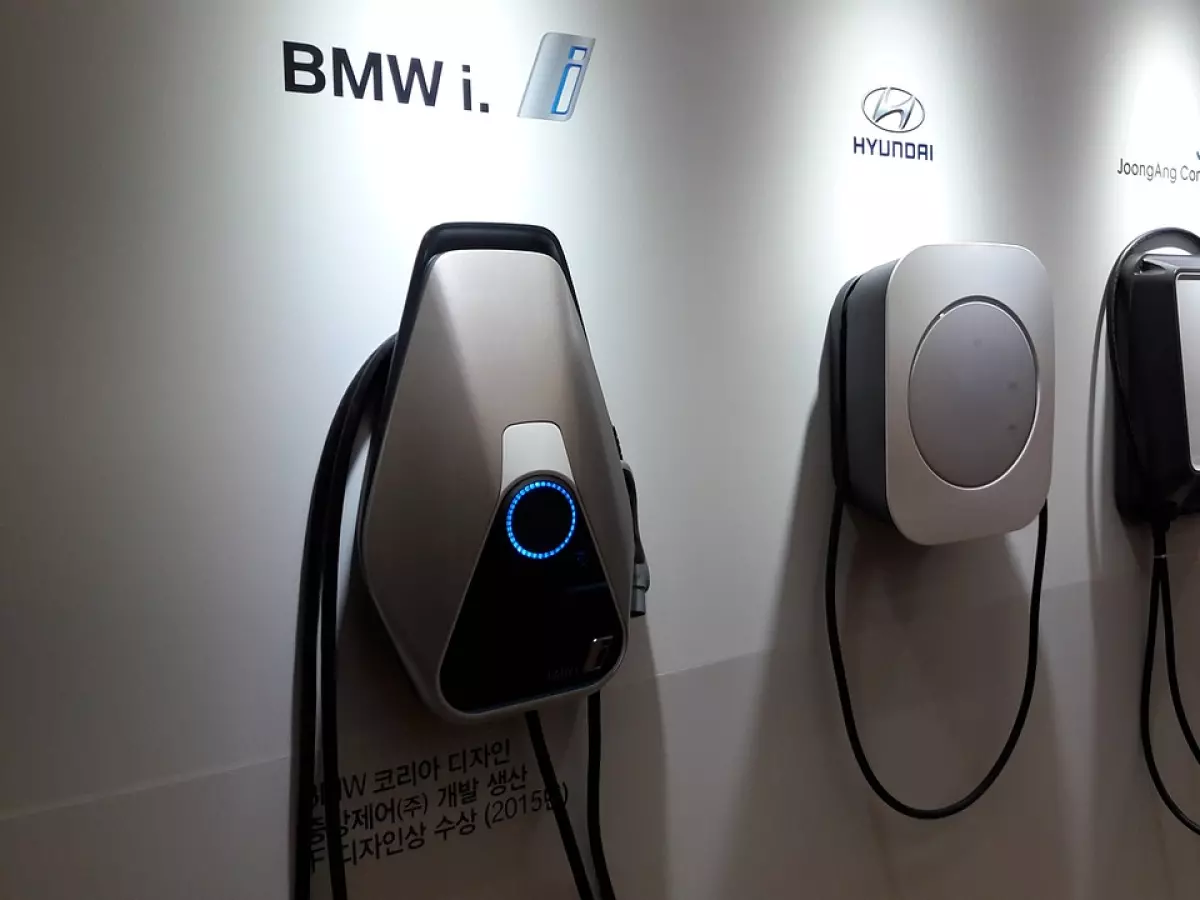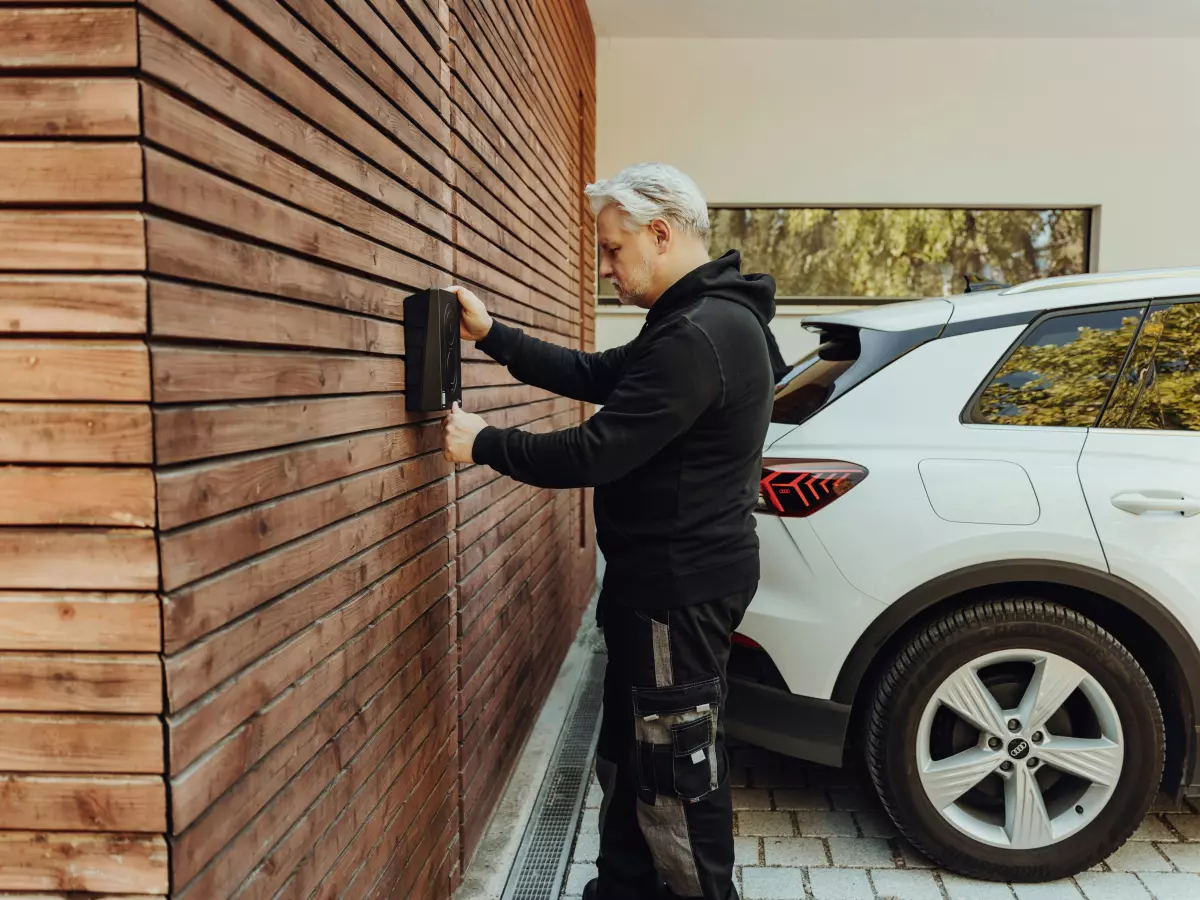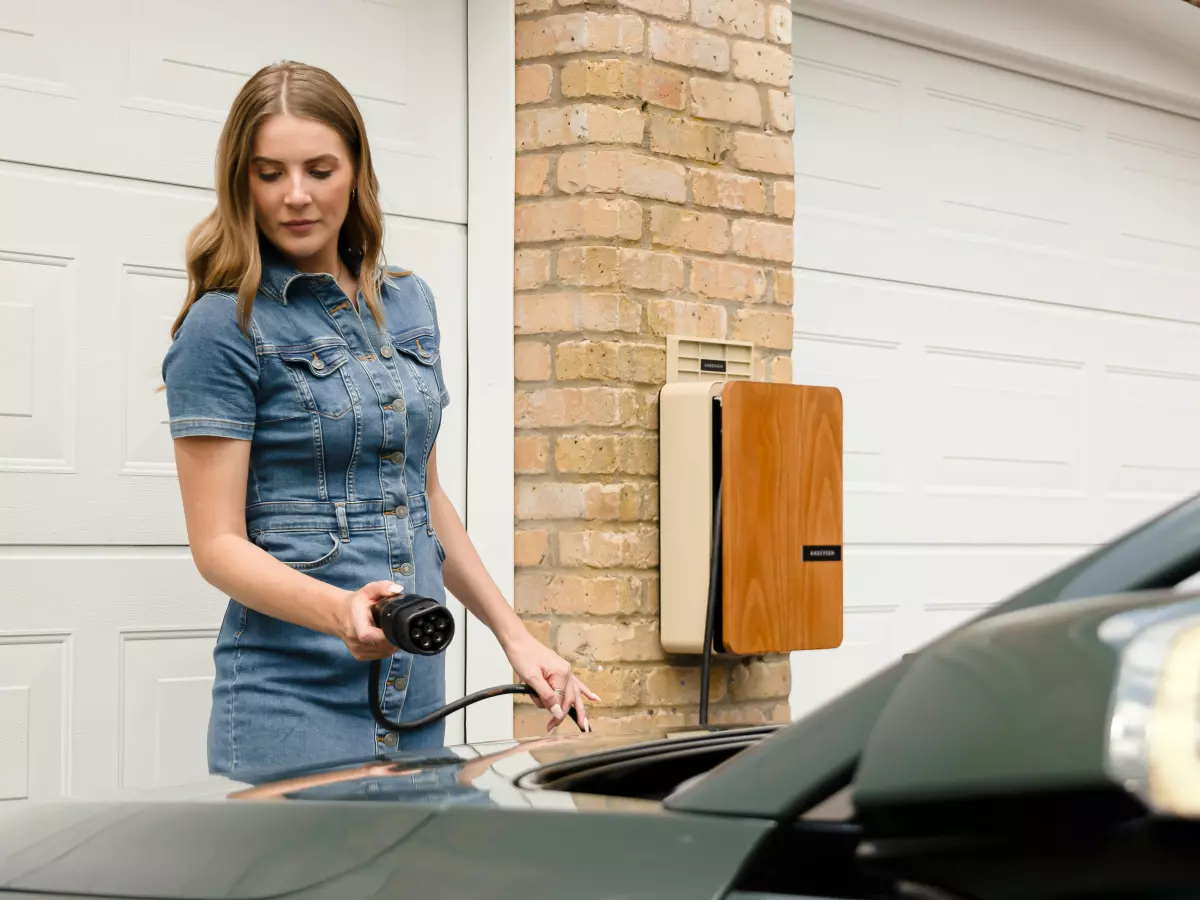Battery Swapping
What if you could 'refuel' your EV in under five minutes? Sounds too good to be true, right? But that's exactly what battery swapping promises—if it can overcome its hurdles.

By Mia Johnson
Imagine pulling into a station, and instead of waiting for your EV to charge, a robotic arm swiftly removes your depleted battery and replaces it with a fully charged one. In less time than it takes to grab a coffee, you're back on the road. Sounds like a dream for EV owners, right? Well, welcome to the world of battery swapping technology.
Battery swapping has been a hot topic in the EV world, but it's still a bit of a mystery to many. While it offers a tantalizing solution to long charging times, it also comes with its own set of challenges. So, is battery swapping the future of EVs, or just another tech fad? Let's dive into the nuts and bolts of this fascinating technology.
How Does EV Battery Swapping Work?
At its core, battery swapping is a simple concept. Instead of waiting for your EV to charge at a station, you pull up to a swapping station where your empty battery is replaced with a fully charged one. This process can take as little as 3 to 5 minutes, making it comparable to refueling a traditional gas-powered car.
But here's the catch: for battery swapping to work seamlessly, EV manufacturers would need to standardize battery sizes and designs. Currently, most EVs have proprietary battery systems, which means a Tesla battery won't fit into a Nissan Leaf, for example. Standardization is a massive hurdle, but if overcome, it could revolutionize the EV industry.
Pros of Battery Swapping
So, why all the buzz around battery swapping? Here are some of the key benefits:
- Speed: The most obvious advantage is speed. Charging an EV can take anywhere from 30 minutes to several hours, depending on the charger and the vehicle. Battery swapping, on the other hand, can be done in just a few minutes.
- Reduced Strain on Charging Infrastructure: With battery swapping, you don't need to worry about the availability of fast chargers or the strain on the electrical grid during peak hours. The batteries can be charged at off-peak times and swapped out when needed.
- Extended Battery Life: Swapping stations could use advanced charging techniques that are gentler on the battery, potentially extending its lifespan. Plus, if your battery is starting to degrade, you could simply swap it out for a newer one.
The Challenges of Battery Swapping
Of course, no technology is without its downsides, and battery swapping is no exception. Here are some of the biggest challenges:
- Standardization: As mentioned earlier, for battery swapping to work on a large scale, there needs to be a universal standard for EV batteries. This is a huge hurdle, as manufacturers are currently focused on developing their own proprietary systems.
- Infrastructure Costs: Building a network of battery swapping stations is no small feat. The initial investment would be massive, and it would take years to build out a network that could rival the current charging infrastructure.
- Battery Ownership: In a battery swapping system, who owns the battery? Is it the car owner, the swapping station, or the manufacturer? This raises complicated questions about warranties, maintenance, and liability.
Battery Swapping vs. Fast Charging: The Real Debate
So, is battery swapping really the future, or will fast charging win the race? Right now, fast charging is the more widely adopted solution, and it's improving rapidly. New fast chargers can provide up to 80% charge in as little as 20 minutes, and this time is expected to decrease as technology advances.
However, battery swapping offers a unique advantage: it decouples the charging process from the vehicle. This means that batteries can be charged at optimal times, reducing strain on the grid and potentially lowering energy costs. Plus, swapping eliminates the need for drivers to wait around while their car charges.
Ultimately, the future of EV charging may not be an either/or situation. We could see a hybrid approach, where fast charging is available for those who need it, and battery swapping is an option for those who prioritize speed and convenience.
What’s Next for Battery Swapping?
While battery swapping is still in its early stages, there are some promising developments. Companies like NIO in China have already rolled out battery swapping stations, and they're seeing success in urban areas where space is limited and fast charging stations are in high demand.
In the U.S., battery swapping is still more of a concept than a reality, but that could change as EV adoption continues to grow. If manufacturers can agree on standardization and the infrastructure can be built out, we could see battery swapping become a viable alternative to traditional charging methods.
So, will battery swapping take over the EV world? Only time will tell. But one thing's for sure: it's an exciting technology that could reshape the way we think about electric vehicles.





